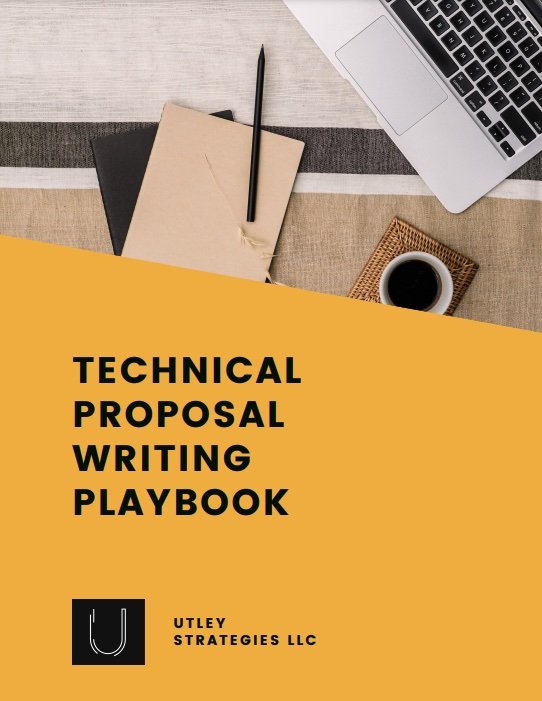6 Ways to Improve Your Proposals Today
As one of the final steps in the sales process, many people want to know how to use the proposal to push a deal across the finish line. While a proposal alone can’t win an opportunity, it can definitely lose one. By using the steps below, however, you will make your proposal significantly stronger and inspire customers to work with you.
Talk about the customer more than your company
One of the biggest mistakes companies make with proposal writing is to provide a lengthy document filled with general marketing information about the company. While there is a time and place for that information, it’s not in your proposal.
Instead, your proposal should focus on the customer and their goals. Show how your company will help them to reach said goals, and also show that you understand the challenges they face today. The more your proposal focuses on the customer, the more responsive they will be to what you’re selling.
Incorporate storytelling
We’ve been telling stories since well before we could write, and that makes human brains hardwired to understand storytelling. You can tap into this instinctual processing by using storytelling in your proposals. The main elements of any story are a hero, a villain, a goal, and the challenges to meet that goal. In your proposal, the villain is the current pain point that the customer is experiencing. The customer is the hero who wants to beat out the villain to achieve their goal, and the challenges they face along the way are what your company helps them to overcome.
Keeping these components in mind while writing your proposal will help you to focus on the customer and their goals while also showing that it is possible to have a happy ending.
Use persuasive writing techniques
There are many persuasive writing techniques, and two of the most influential ones are using logical and emotional appeals. Within your proposal, tap into logical persuasion by incorporating facts, third-party information (such as awards and certifications), proof of results you’ve achieved, and case studies. Emotional appeals require that you understand the customer and their fears, hopes, dreams, and worries. Throughout your proposal, you will touch upon those emotions and show why your solution will help them to achieve their dreams and eliminate their fears and frustrations.
Make it easy to skim
Most people aren’t reading every word of your proposal, and it’s important to make sure that they can scan your document without too much effort. You can make this possible by incorporating graphics, callouts, tables, bullet points, and headings. Also use short words, sentences, and paragraphs where possible.
Always answer “why should I care?”
This question is key to keeping your proposal focused on your goal. When including content of any kind, whether it’s text, a graphic, or an image, always make sure the customer understands why they should care about this specific item. If it’s not immediately clear, then you will need to explain it in your text.
If you can’t succinctly explain why it’s important, then it likely isn’t, and you should cut it from your proposal.
Use boilerplate to spend less time writing and more customizing
Boilerplate is pre-written content that speaks to your common customers on the topics you most often need in your proposals. Boilerplate lives in your content library, and it’s essential to create proposals that are customized to the customer and speak to their unique pain points. By using boilerplate as a starting point, you develop a first draft quicker and are more easily able to update the content when you need to.
Next Steps for Improving Proposals
After you implement these techniques, the next step is to assess your proposal design to make sure it’s working with your goals and not against them. Also, get feedback from customers on your proposals to see if there is anything you should leave out or include in the future.




